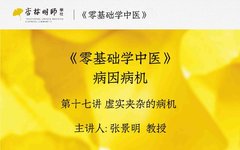Understanding Mixed Patterns of Deficiency and Excess in TCM
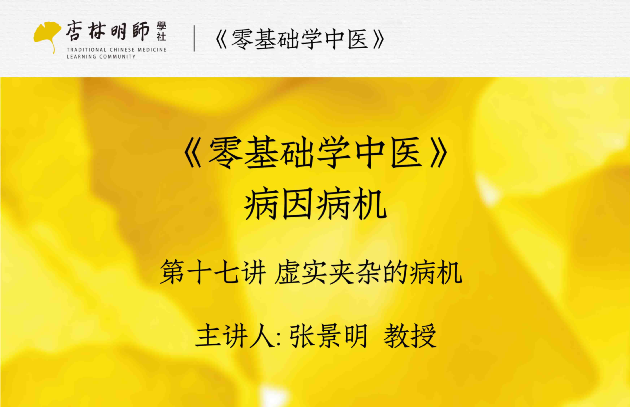

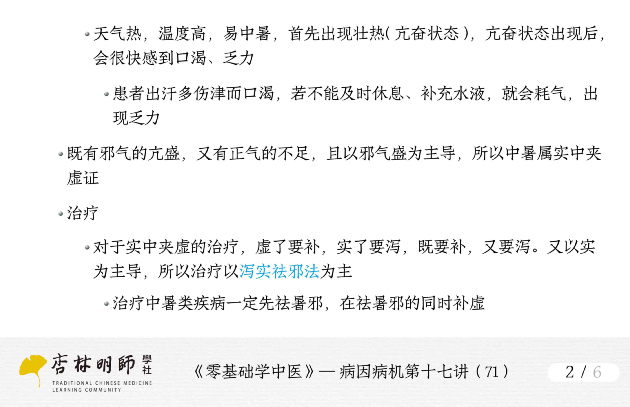
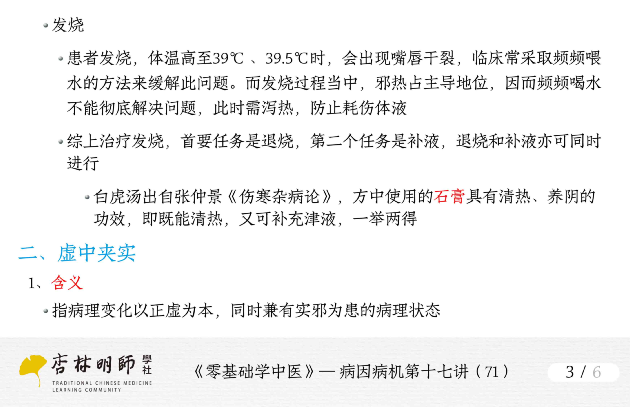
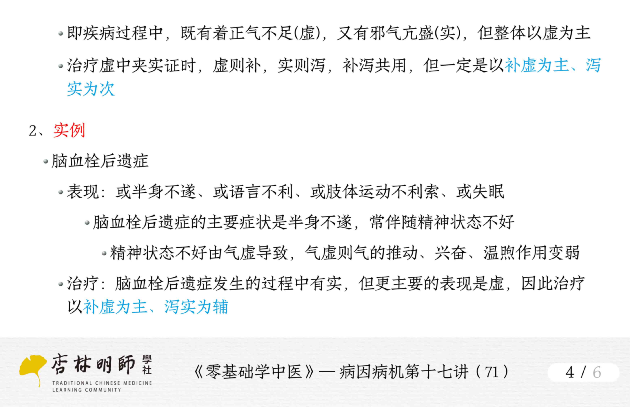
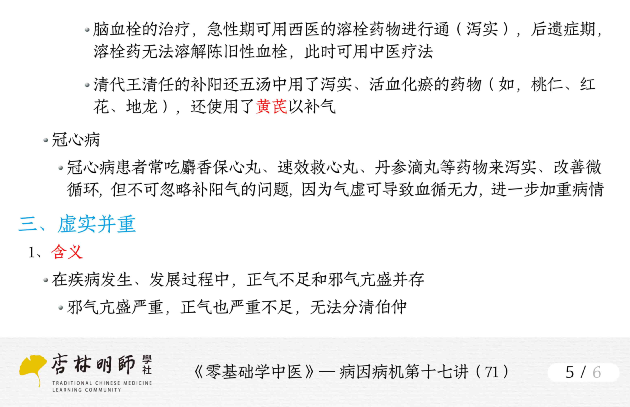
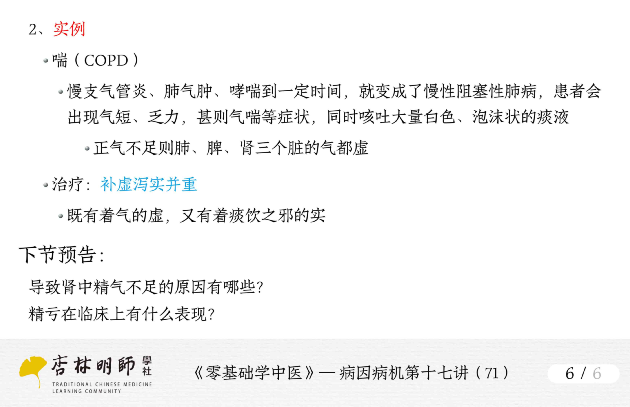
Question: How to distinguish between Xu Han (Deficiency Cold) and Shi Han (Excess Cold) patterns?
Answer: Xu Han is a state of deficiency cold due to Yang deficiency, characterized by cold limbs, preference for warm drinks, aversion to cold, and a deep pulse.
Shi Han is caused by the cold evil of Yin excess, presenting with symptoms such as headache, kidney pain, fever with chills, and a floating tight pulse.
We always remember the principle that “when evil qi is strong, it is excess; when vital qi is depleted, it is deficiency.” Excess patterns arise from the invasion of evil qi, while deficiency patterns result from the depletion of one’s vital qi.
Question: What is the difference between Shi Re (Excess Heat) and Xu Re (Deficiency Heat) patterns?
Answer: Shi Re is often due to the invasion of Yang heat evil, presenting with high fever, irritability, red face and eyes, preference for cold drinks, chest pain with yellow phlegm, abdominal pain with tenderness, constipation, short and red urine, red tongue with yellow coating, and a rapid, slippery pulse.
Xu Re is primarily due to Yin deficiency, leading to heat, with clinical manifestations including dry throat, hot flashes, irritability, red tongue, and thin rapid pulse.
We always remember the principle that “when evil qi is strong, it is excess; when vital qi is depleted, it is deficiency.” Excess patterns arise from the invasion of evil qi, while deficiency patterns result from the depletion of one’s vital qi.
Question: How should we handle heat stroke in an emergency?
Answer: After heat stroke, the first step is to move the patient to a well-ventilated and cool place, loosening their clothing to facilitate heat dissipation. If available, apply a wet towel to the head or use ice packs on the head, armpits, and inner thighs. The patient should be given salt water or sugar water for rehydration. If the patient’s temperature is high, immediate cooling measures should be taken, using physical cooling methods, and medications for heat stroke such as Huo Xiang Zheng Qi Shui (Agastache Qi Rectifying Water) can be administered. For severe cases, such as those who are already unconscious, timely assistance from emergency services should be sought.
It is best to recognize the premonitory symptoms of heat stroke before it occurs, to prevent it. In high temperatures, if body temperature begins to rise, excessive sweating occurs along with symptoms like dry mouth, weakness in limbs, difficulty in movement, headache, dizziness, and nausea, one should immediately leave the high-temperature environment, drink salt water or saline beverages, and ideally lie down.
Question: Why do deficiency and excess patterns occur simultaneously?
Answer: In the course of disease, a pathological state exists where both excess evil and deficiency of the vital qi are present. Excess evil can injure the vital qi, or mismanagement can lead to prolonged retention of pathogenic evil, damaging the body’s vital qi; or a deficient constitution may be unable to expel the evil; or pre-existing deficiency may lead to the internal generation of pathological products such as dampness, phlegm, or blood stasis, resulting in a mixed pattern of deficiency and excess.
Mixed patterns can be classified into two types: Xu Zhong Jia Shi (Deficiency with Excess) and Shi Zhong Jia Xu (Excess with Deficiency). Most patients clinically present with mixed patterns of deficiency and excess.
Question: Can you provide an example of Shi Zhong Jia Xu?
Answer: For example, in heat stroke, patients often exhibit symptoms of high fever (excess evil), thirst (fluid damage), and fatigue (qi depletion). In hot weather, the high temperature can easily lead to heat stroke, initially presenting with high fever (hyperactive state), which is quickly followed by thirst and fatigue. There is both an excess of evil qi and a deficiency of vital qi, with the excess being predominant, thus heat stroke is classified as Shi Zhong Jia Xu. For treatment of Shi Zhong Jia Xu, deficiency must be tonified, and excess must be drained, requiring both tonification and drainage. Since excess is predominant, the treatment should primarily focus on draining the excess and expelling the evil. Therefore, in heat stroke cases, it is essential to first expel the heat evil while simultaneously tonifying the deficiency.
Question: Can you explain Xu Zhong Jia Shi?
Answer: For example, in the aftermath of a stroke, patients may present with hemiplegia, speech difficulties, or poor limb movement, or insomnia. The main symptom of post-stroke sequelae is hemiplegia, often accompanied by poor mental state. This poor mental state is caused by qi deficiency, which prevents the necessary functions of promoting, exciting, and warming.
In the process of post-stroke sequelae, there is an excess, but the primary manifestation is deficiency, thus treatment should focus on tonifying deficiency and assisting in draining excess. A representative formula is Bu Yang Huan Wu Tang (Tonify Yang and Restore Five Decoction) from the Qing Dynasty by Wang Qingren, which includes herbs that drain excess, invigorate blood, and resolve stasis (such as Tao Ren (Peach Kernel), Hong Hua (Safflower), Di Long (Earthworm)), and also uses Huang Qi (Astragalus) to tonify qi.
Question: What are the ingredients of Bai Hu Tang (White Tiger Decoction) and what are its effects?
Answer: Bai Hu Tang is derived from Zhang Zhongjing’s “Shang Han Za Bing Lun” and is a heat-clearing formula that clears heat from the Qi level and generates fluids. It is indicated for Qi level heat excess, characterized by high fever, red face, thirst with preference for drinking, sweating with aversion to heat, and a strong, rapid pulse. It consists of four ingredients: Shi Gao (Gypsum), Zhi Mu (Anemarrhena), Gan Cao (Licorice), and Jing Mi (Rice). Shi Gao and Zhi Mu clear lung and stomach heat and alleviate thirst; Gan Cao and Jing Mi tonify qi, generate fluids, and harmonize the stomach. Together, they achieve the effect of clearing heat and generating fluids.
Throughout history, this formula has been revered in traditional Chinese medicine as a classic remedy for fever and heat. For externally contracted febrile diseases, Bai Hu Tang is highly recommended. In TCM, “Bai Hu” corresponds to the western metal deity, representing the cool and dry air of autumn. The naming of this formula symbolizes its rapid heat-clearing effect, akin to the arrival of the cool and dry autumn air sweeping away the heat and humidity.
Question: What are the components of Bu Yang Huan Wu Tang and what are its effects?
Answer: Bu Yang Huan Wu Tang is from Wang Qingren’s “Yi Lin Gai Cuo” and has the effects of tonifying qi, invigorating blood, and unblocking collaterals. It is indicated for post-stroke qi deficiency and blood stasis patterns, presenting with hemiplegia, facial droop, speech difficulties, drooling, frequent urination or incontinence, pale tongue, white coating, and weak pulse. It is commonly used to treat sequelae of cerebrovascular accidents, coronary heart disease, post-polio syndrome, and other causes of hemiplegia, paraplegia, or weakness of one side of the body due to qi deficiency and blood stasis.
Ingredients include: Huang Qi (Astragalus), Dang Gui (Angelica), Chi Shao (Red Peony), Di Long (Earthworm), Chuan Xiong (Sichuan Lovage), Hong Hua (Safflower), and Tao Ren (Peach Kernel). The chief herb, Huang Qi, is used in large quantities to greatly tonify the original qi of the spleen and stomach, promoting qi and blood circulation, and removing stasis to unblock the collaterals. The deputy herb, Dang Gui, excels in invigorating blood while also nourishing it, thus it has the unique ability to resolve stasis without harming the blood. The assistant herbs, Chi Shao, Chuan Xiong, Tao Ren, and Hong Hua, assist Dang Gui in invigorating blood and dispelling stasis; Di Long helps to unblock the collaterals. A large amount of qi tonifying herbs combined with a small amount of blood invigorating herbs ensures that when qi is abundant, blood flows, and blood invigorates without harming the vital qi, collectively achieving the effects of tonifying qi, invigorating blood, and unblocking collaterals.
Question: What are the differences between Su Xiao Jiu Xin Wan (Rapid Heart Rescue Pill) and Dan Shen Di Wan (Dan Shen Drop Pill)?
Answer: Su Xiao Jiu Xin Wan is a commonly used Chinese patent medicine for promoting qi and invigorating blood, composed of Chuan Xiong (Sichuan Lovage) and Bing Pian (Borneol), which has the effects of promoting qi and invigorating blood, dispelling stasis and alleviating pain. Chuan Xiong invigorates blood and promotes qi, dispelling wind and alleviating pain, making it a key herb for treating chest obstruction due to blood stasis. Bing Pian opens the orifices and awakens the spirit, alleviating pain, and enhances the absorption of effective components of Chuan Xiong through mucosal and transdermal absorption. The combination of these two herbs enhances their effects, and Su Xiao Jiu Xin Wan is primarily used for treating angina pectoris due to qi stagnation and blood stasis. It is usually taken sublingually, with 10-15 pills under the tongue during angina attacks.
Fu Fang Dan Shen Di Wan is also a commonly used Chinese patent medicine for promoting qi and invigorating blood, composed of Dan Shen (Salvia), San Qi (Notoginseng), and Bing Pian. It has the effects of invigorating blood, dispelling stasis, and alleviating pain. Dan Shen is the chief herb, promoting blood circulation and dispelling stasis; San Qi is the deputy herb, dispelling stasis and unblocking collaterals; Bing Pian is the assistant herb, aromatic and opening the orifices, stabilizing pain. Fu Fang Dan Shen Di Wan is primarily used for coronary heart disease caused by qi stagnation and blood stasis, and can be used for acute attacks and relief periods of angina pectoris. It is recommended to take sublingually, with a dosage of 10 pills each time.
Regardless of which medication is used, especially with long-term use of Fu Fang Dan Shen Di Wan, care must be taken to monitor for gastric irritation due to the presence of Bing Pian. Patients with cold stomach conditions may experience exacerbated symptoms of gastric cold and pain after taking medications containing Bing Pian, so caution should be exercised in such cases.

